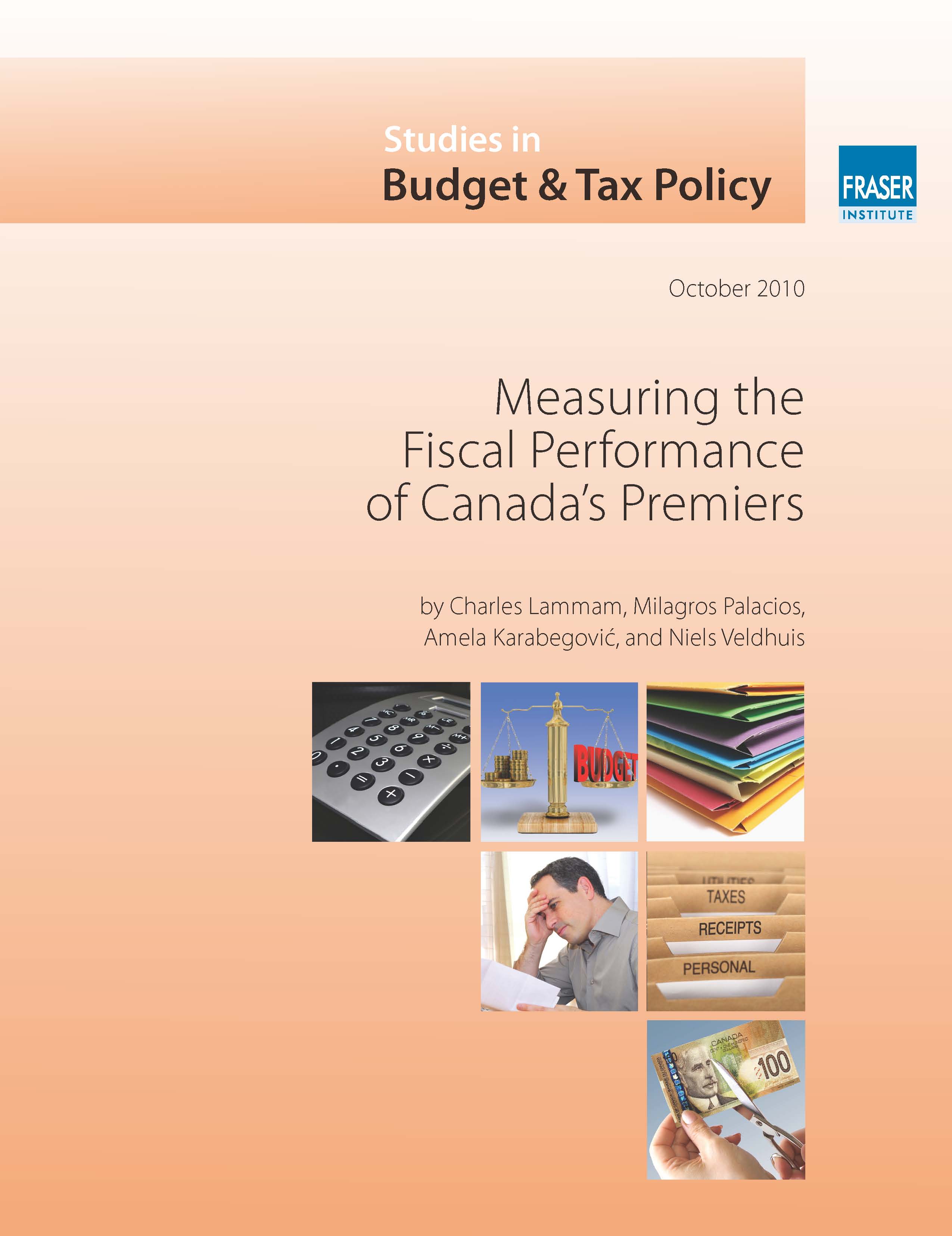This report is the first in a series of papers undertaken by the Fraser Institute in the course of developing a Continental Energy Strategy. The fundamental objective of this strategy is to ensure that applicable policy and institutional frameworks are conducive to as rapid a development of North Americas energy resources as possible, in light of market conditions, legitimate environmental concerns, and global investment opportunities. While North Americas proven crude oil reserves represent only about 15% of the worlds reserves, if probable and possible crude oil resources in US oil shale formations and in the offshore areas of Canada, the United States, and Mexico are considered, the continents crude oil supply potential is substantial. The goal of accelerated development of the continents energy resources is predicated on the economic benefits that it can bring in terms of expanded employment, improvements in living standards, and security of energy supply. In order to achieve this objective, the report argues that nonmarket barriers to private investment must be identified and removed.
 Read the Full Publication
Read the Full Publication Economic Freedom of the World 2010: Executive Summary
Economic Freedom of the World 2010: Executive Summary Economic Freedom of the World 2010: Chapter 1 and 2
Economic Freedom of the World 2010: Chapter 1 and 2 Economic Freedom of the World 2010: Chapter 3
Economic Freedom of the World 2010: Chapter 3 Economic Freedom of the World 2010: Chapter 4
Economic Freedom of the World 2010: Chapter 4 Economic Freedom of the World 2010: Chapter 5
Economic Freedom of the World 2010: Chapter 5 Economic Freedom of the World 2010: Chapter 6
Economic Freedom of the World 2010: Chapter 6 Economic Freedom of the World 2010: Appendix
Economic Freedom of the World 2010: Appendix
 Read the News Release - Canadian
Read the News Release - Canadian Read the News Release - International
Read the News Release - International View the PowerPoint Presentation
View the PowerPoint Presentation
